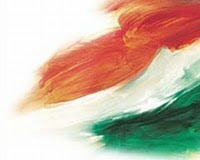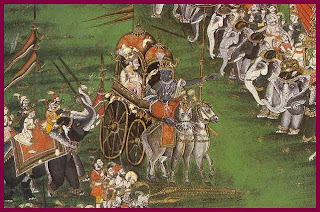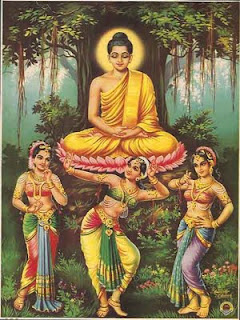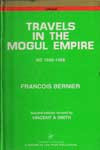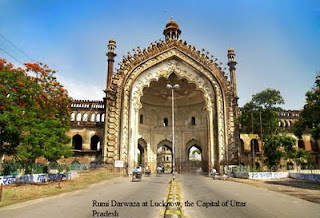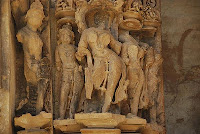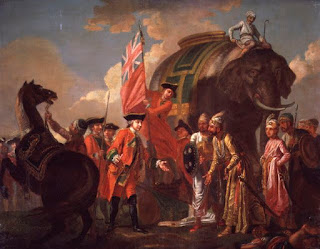Bagh Paintings

Painting was a highly developed art in ancient India. The cave paintings of Ajanta testify this. The paintings on the walls of the verandah of a cave at Bag are other instances where you can find painting at its greatest. The Bagh Caves are situated in the Dhar district in Madhya Pradesh . Among the many masterpieces of Bagh paintings, we must mention the depiction of a procession of elephants. In fact according to some exerts, the painting is more impressive than those at Ajanta.

